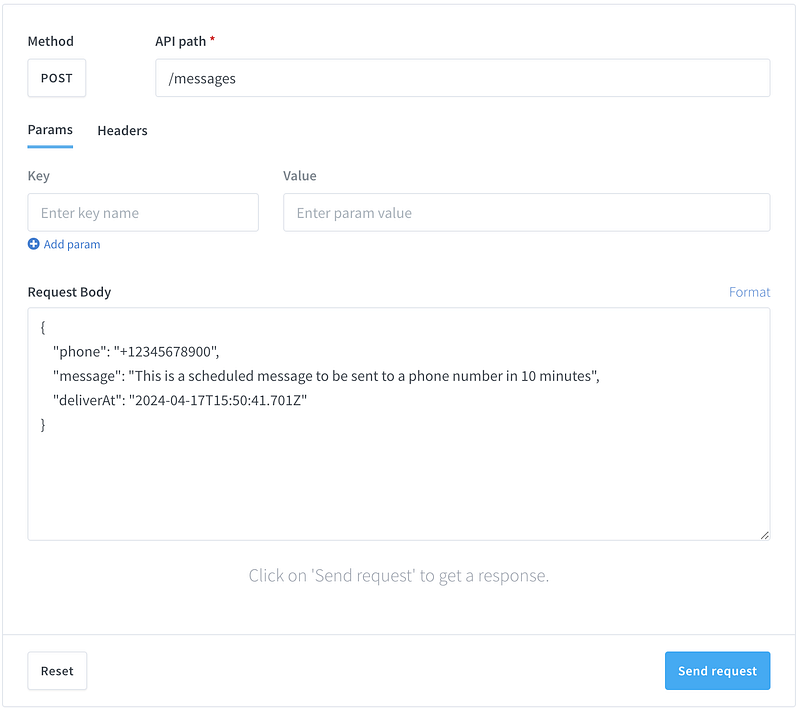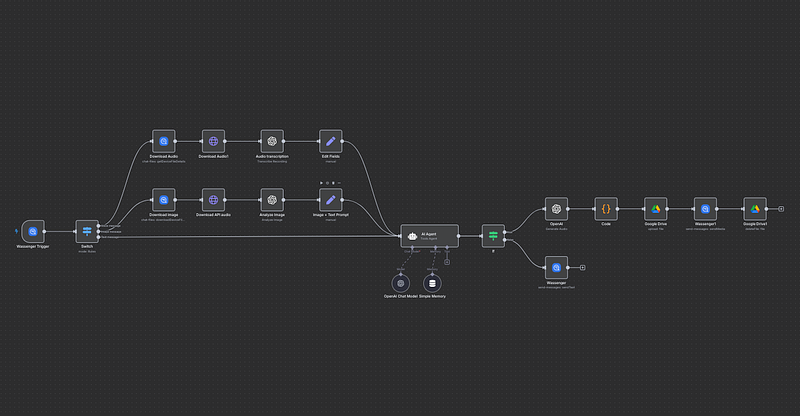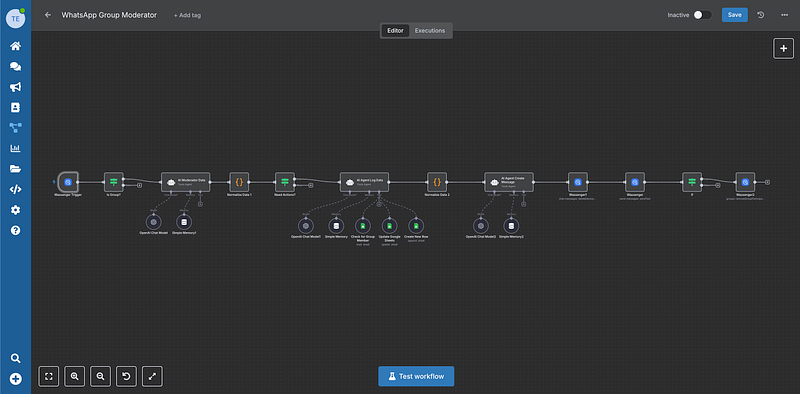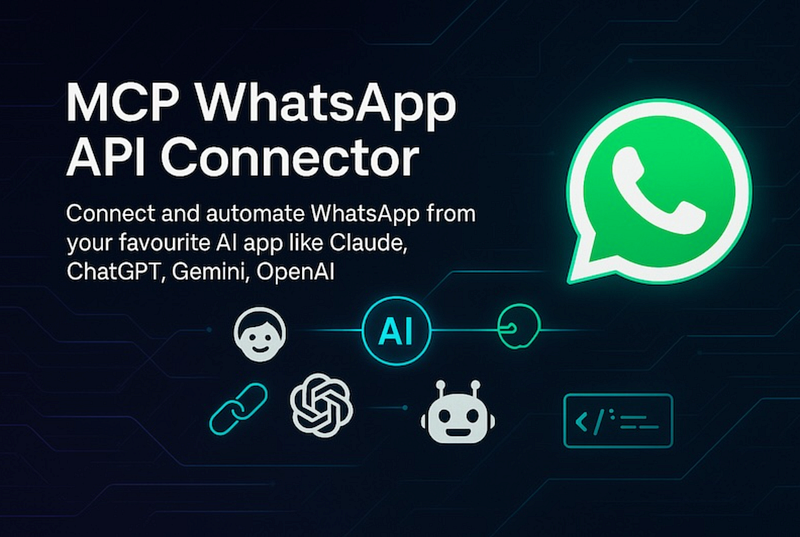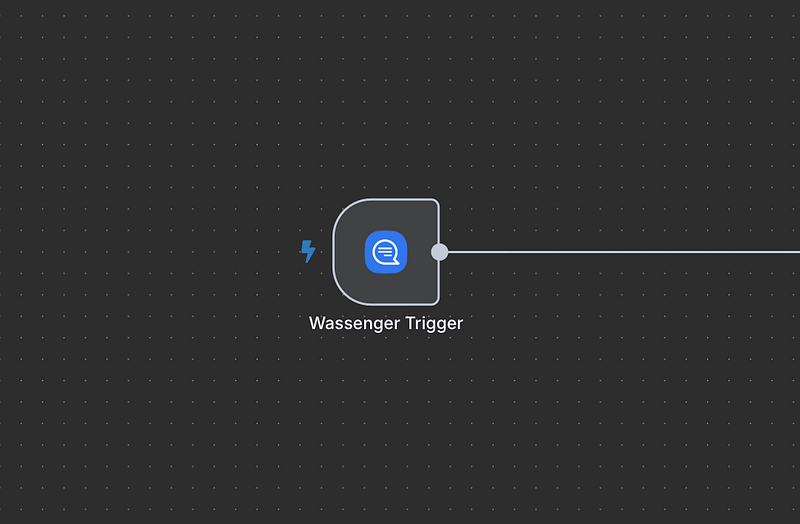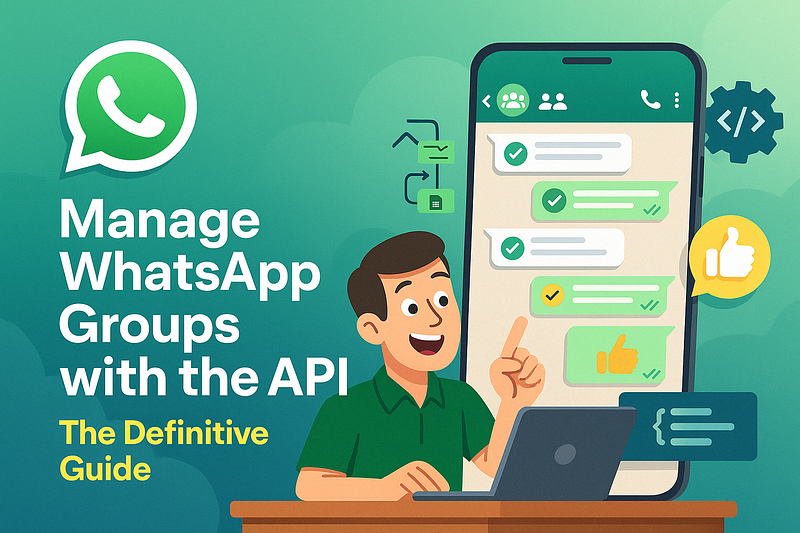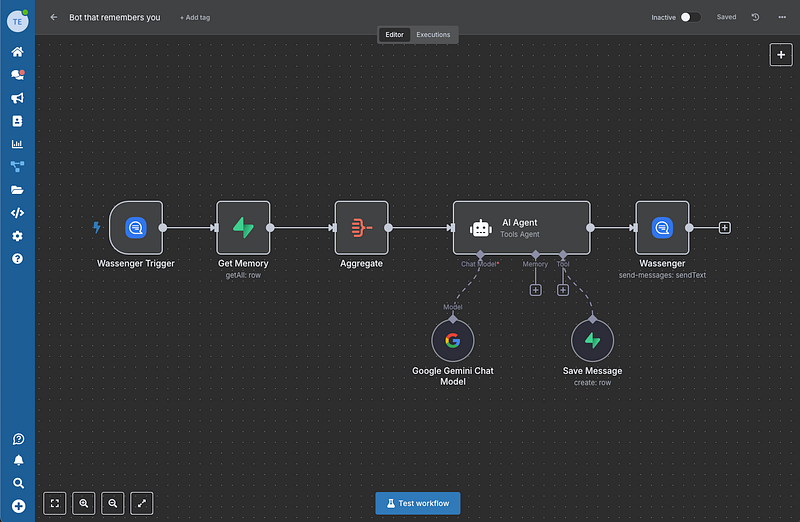Have you ever felt the need to send a message at the right moment? Enter the world of scheduled messaging with Wassenger’s API, where timing isn’t just everything — it’s the only thing. Whether you’re a business looking to engage customers at the perfect moment or a developer eager to automate timely reminders, our guide will show you how to master the art of scheduling messages on WhatsApp.
Learn how to program your messages to hit right when needed in minutes, hours, or days ahead. Perfect for announcements, reminders, or ensuring your message gets seen at the right time. Let’s dive into how easy it is to schedule your communication on WhatsApp with just a few lines of code. Ready to schedule like a pro? Let’s get started!
🤩 🤖 Wassenger is a complete API solution for WhatsApp. Sign up for a 7-day free trial and get started in minutes!
Requirements
- To have a WhatsApp number already linked to the platform and online.
- Message recipient phone number with international prefix in E164 format. Example:
+12345678900. You can validate the phone number here.
API endpoint
In this tutorial we will use the following API endpoint:
Prepare the request
Target API URL (POST)
https://api.wassenger.com/v1/messages
Required HTTPS headers
Content-Type: application/json
Token: $API_TOKEN
Request body example in JSON format
{
"phone": "+12345678900",
"message": "This is a scheduled message to be sent to a phone number in 10 minutes",
"deliverAt": "2024-04-17T15:50:41.687Z"
}
You can also send scheduled messages to a group chat:
{
"group": "1203663029813632488@g.us",
"message": "This is a scheduled message to be sent to a group chat tomorrow",
"deliverAt": "2024-04-18T15:40:41.692Z"
}
Request body example in JSON format
Valid examples values would be: 1m = in 1 minute, 2h = in 2 hours, 15d = in 15 days.
Values must be whole numbers, so if you need to schedule a message for 1,5 hours, for example, you have to specify 90m = in 90 minutes
{
"phone": "+12345678900",
"message": "This message will be delivered in 1 hour from now",
"schedule": { "delayTo": "1h" }
}
Alternatively, you can delay the message delivery by a given amount of seconds:
{
"phone": "+12345678900",
"message": "This message will be delivered in 3 minutes from now",
"schedule": { "delay": 180 }
}
🤩 🤖 Wassenger is a complete API solution for WhatsApp. Sign up for a 7-day free trial and get started in minutes!
Live API testing
You can now play, debug and live test the API directly from your browser, explore and try more API examples and get in one click ready-to-use code snippets available in 15+ different programming languages 😎
FAQs
How to send messages to multiple phone numbers
You just have to send multiple API requests, one per target phone number.
For instance, if you want to send a message to 10 phone numbers, you should send 10 independent HTTPS requests to the API.
There is no option to send multiple messages in a single API request.
What type of messages can be sent?
You can send different types of messages, including text, images, videos, emojis, audio, gifs, geographic locations and file documents via API.
Discover our tutorials and platform.
🤩 🤖 Wassenger is a complete API solution for WhatsApp. Sign up for a 7-day free trial and get started in minutes!
How to validate if a phone number can receive WhatsApp messages
You can validate if a given phone number is linked to a WhatsApp account and can receive messages.
The API provides an endpoint that can validate whether a given phone number exists in WhatsApp or not.
The only requirement is to have at least one WhatsApp number connected to the platform in your current account.
For more details, please check out the API endpoint documentation here.
Before you check if a phone number exists on WhatsApp, you can also validate and normalize the format of a list of phone numbers by using the numbers validator API endpoint. This endpoint only validates the correct E164 format, but it does not check whether the phone number effectively exists on WhatsApp or not.
Note: The number of WhatsApp check validations is limited per month based on your subscription plan. Please check out the pricing table for more details about the limits.
Looking for more answers? Check out the extended FAQs.
Further useful resources
API Documentation
For more details about the endpoint API, please check the document where you will find all the details about the accepted request params, possible success or error responses and ready-to-use code examples in multiple programming languages.

